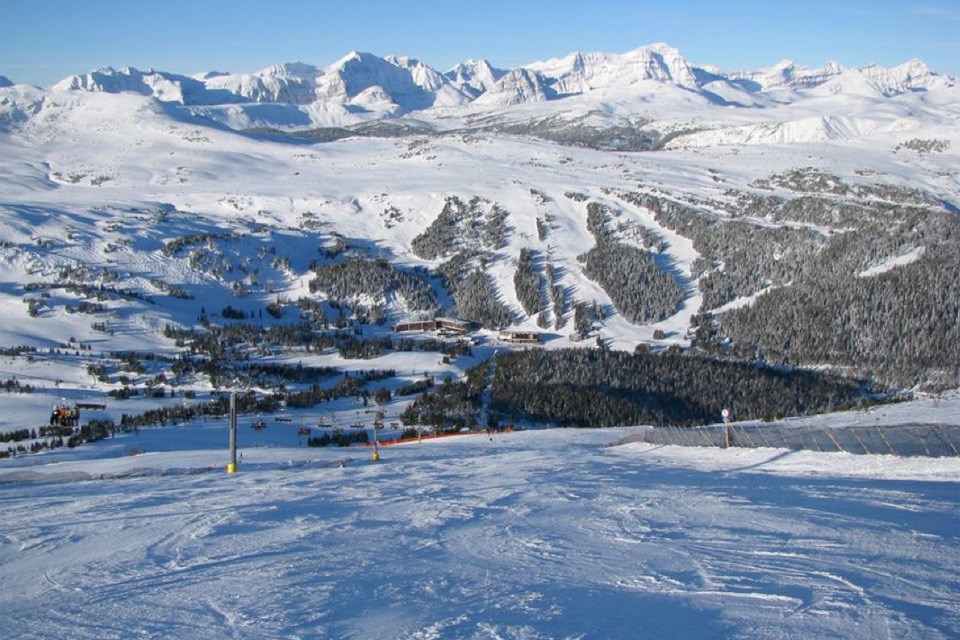Snowboarding has an interesting relationship with the backcountry. In the 1980s, when snowboards were flimsy and inferior, some ski resorts required that snowboarders pass a skill assessment test. The fear was that unskilled riders would wipe the good snow off the mountain and collide with other riders. Most resorts refused to offer a skill assessment and banned snowboards outright. This forced snowboarders into the backcountry were the sport continued as a niche taboo for the misfits of the mountains.
It’s all about equipment
In the 1990s, innovations from household names like Jake Burton and Tom Sims gave rise to the first snowboards that were rideable enough for a successful integration, and subsequent explosion in popularity, among millennials on the ski hills in the 2000s. Snowboarding has made an equally lasting impression on the aficionados. Snowboards are relatively easy to detach – a snowboarder generally has a much easier time unclipping their bindings and hiking uphill, with board in hand, than one does on skis. This set the stage for the later development of the splitboard as a high-efficiency essential in the backcountry. Also, the emphasis that snowboarding puts on longer, more controlled turning gives the rider a natural advantage when navigating the discontinuities and debacles of off-trail adventures.
Location, location, location
Geography plays a role in shaping the character of local ski scenes. Alberta has many exquisite downhill destinations with the likes of Lake Louise, Sunshine Village Nakiska and others. The popularity of these places is mainly due to the very high terrain, which is what all downhill riders love. Alternatively, spots like Revelstoke, Golden and Whistler are more coveted in backcountry circles because they are less disturbed, and consequently more authentic. One can begin in a wide open, snowy meadow and then catch a sudden burst of steepness into a forest, having only seconds to shift one’s weight to avoid collisions with sharp branches.
Snowboarding has never been about caving to the pressure of avoiding the road less travelled. Burton and Sims did not become inspired to re-invent the snowboard after a nice, predictable ride where they knew what was around the corner after each turn. Besides, these days the most dangerous thing on the mountain are not the natural obstacles, but the other riders. One cannot get COVID from colliding with a tree.
Ryan Kostiuk is a freelance writer and a contributor to Great West Media. This story was written for the Cool Winter Guide advertising feature. It is not written by and does not necessarily reflect the views of the editorial staff.



